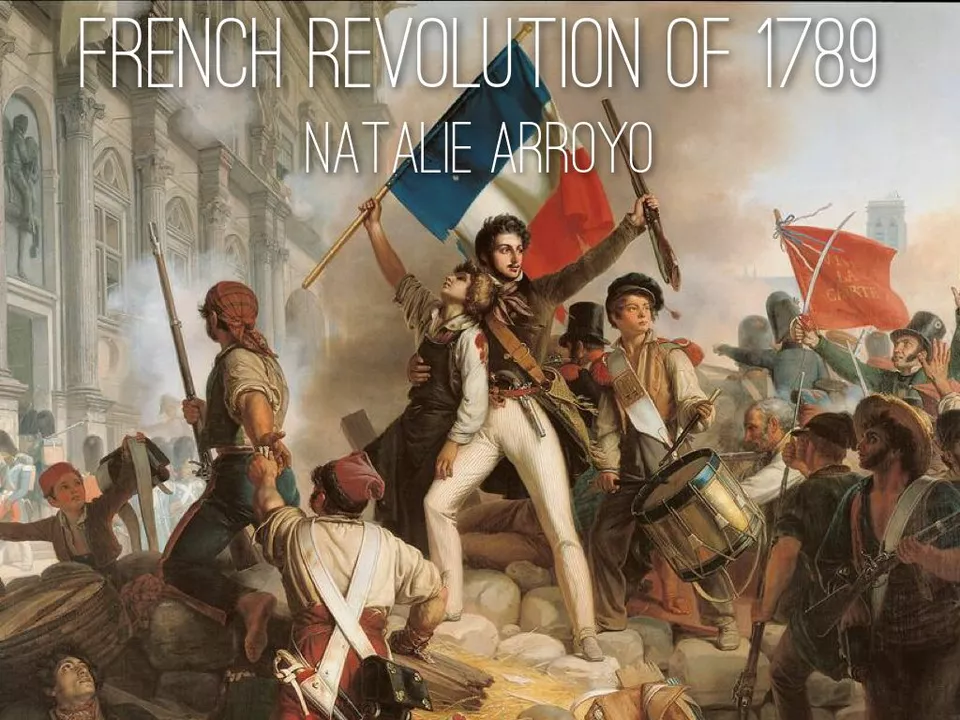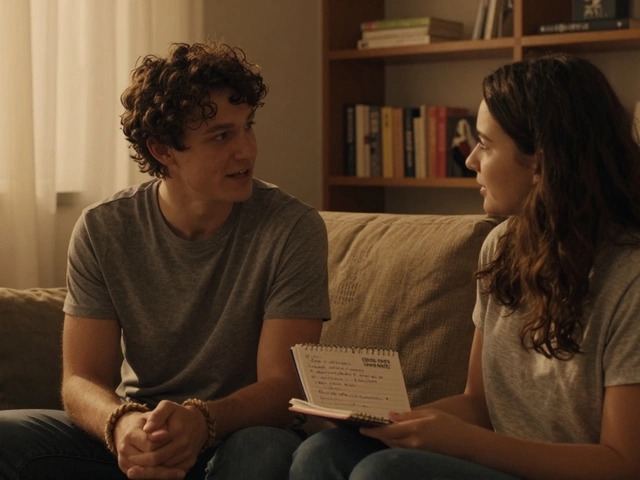French Revolution: What Happened and Why It Still Matters
Ever wonder why the French Revolution shows up in movies, books, and even memes? It’s because this burst of change reshaped politics, rights, and society worldwide. In simple terms, the French Revolution was a massive uprising that started in 1789, turning a monarchy into a republic and kicking off modern ideas about liberty and equality.
The spark was a mix of bad harvests, rising bread prices, and a tax system that hurt the poor while letting the rich off the hook. King Louis XVI and his government were drowning in debt from wars, but the common people saw no relief. When the Estates‑General met in May 1789, the third estate (the commoners) broke away and called themselves the National Assembly, saying, "We’re the true voice of France." That bold move set the stage for everything that followed.
Major Milestones in the Revolution
July 14, 1789 – the storming of the Bastille. A prison turned symbol of royal tyranny, its fall showed that the people could actually challenge the king’s power. This day is still celebrated as France’s national holiday.
August 1789 – the Declaration of the Rights of Man and of the Citizen. This document listed freedoms like speech, press, and fair trials, laying a foundation for modern human rights.
1792 – the monarchy ends. Louis XVI is arrested, tried, and executed in January 1793. The kingdom turns into the First French Republic, and a new wave of radical politics sweeps the nation.
1793‑1794 – the Reign of Terror. Led by Robespierre, revolutionary courts executed thousands they considered enemies, including nobles, clergy, and even ordinary citizens. It was a brutal reminder that revolutions can turn violent.
1799 – Napoleon Bonaparte’s coup. He declared himself First Consul, ending the chaotic years and eventually crowning himself emperor. Though his rule was different, his rise was a direct result of the power vacuum the Revolution created.
Why the French Revolution Still Counts Today
First, it popularized the idea that governments exist to serve their people, not the other way around. That principle fuels modern democracies worldwide. Second, the language of "rights" – liberty, equality, fraternity – still appears in constitutions, legal systems, and everyday political talk.
Third, the Revolution showed how quickly things can change when a society’s basic needs are ignored. It’s a cautionary tale for leaders about listening to the crowd and fixing economic problems before they explode.
Finally, the cultural impact is huge. From paintings and films to school curricula, the French Revolution provides a dramatic narrative of heroes, villains, and massive social upheaval.
If you’re curious about how a country can flip from a king’s palace to a people‑run republic, the French Revolution is the ultimate case study. It tells us that ordinary folks, fed up with injustice, can rewrite history – and that those changes echo far beyond the borders of France.
So next time you hear "liberty" or see a July 14th firework display, remember the flood of ideas and sacrifices that made those words mean something. The French Revolution isn’t just a chapter in a history book; it’s a reminder that big change starts with everyday people demanding a better life.

Who bankrolled the French Revolution?
During my research on the French Revolution, I discovered that its funding came from various sources. Primarily, it was the French monarchy's financial crisis that led to the Revolution, and ironically, they ended up bankrolling it. Additionally, foreign powers, particularly the Dutch Republic and Britain, played a significant role in funding the Revolution as well. The sale of church property also contributed to the finances. In summary, the French Revolution was bankrolled by a combination of the French monarchy, foreign powers, and the sale of church properties.
View More
